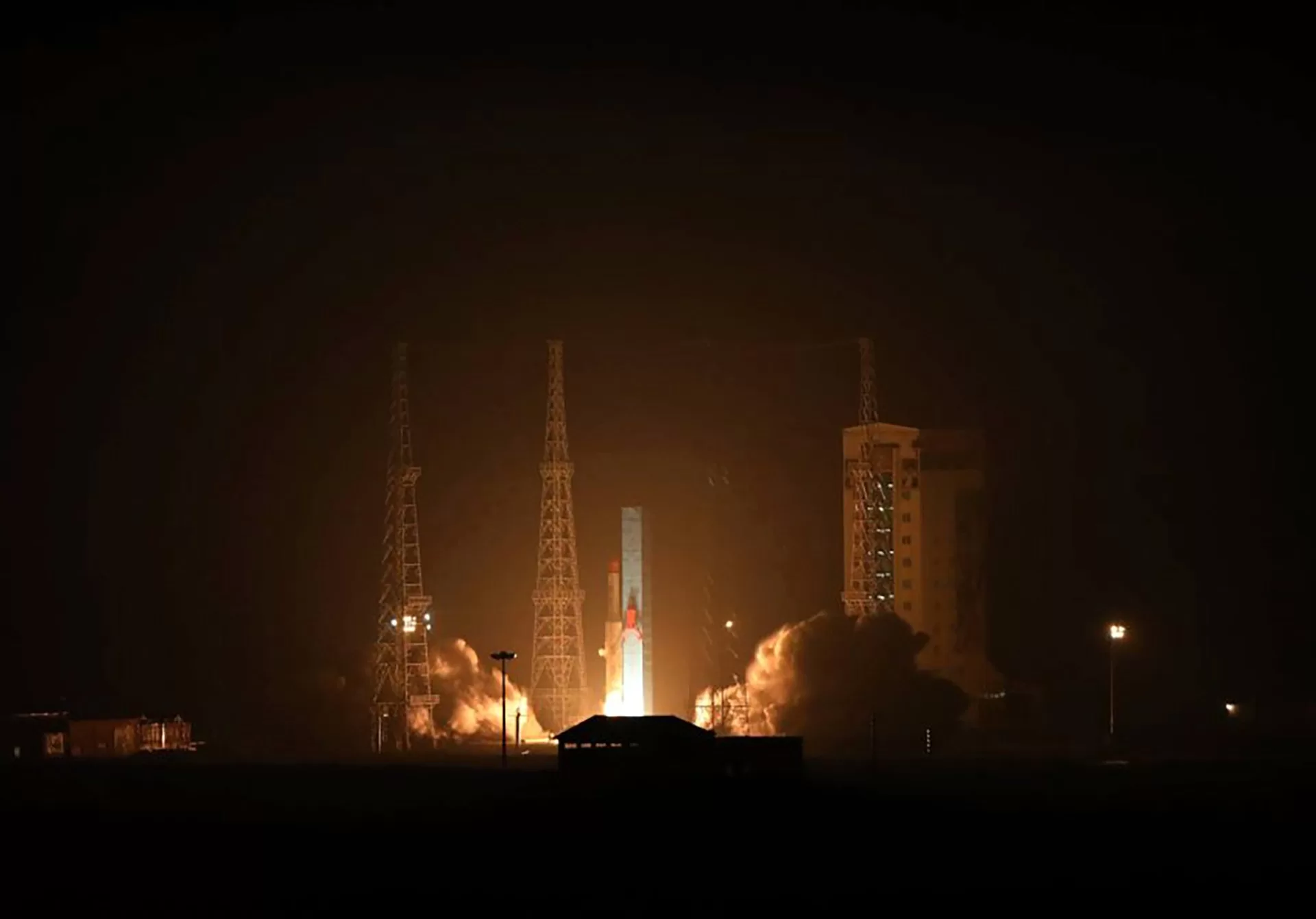The satellites will be used to test communication and geopositioning technology, as well as the efficacy of delivering cargoes to space, Iran said.
The satellites were sent to a minimum orbit of 450km (280 miles) on Sunday. One satellite weighing 32kg (71 pounds) and two nano-satellites of less than 10kg each were propelled using the Simorgh (Phoenix) satellite carrier rocket.
The nano-satellites, named Kayhan-2 and Hatef-1, will be used to test narrowband communication and geopositioning technology, state media said.
The larger satellite, named Mahda and built by the Iranian Space Agency, will aim to test the accuracy of the Simorgh rocket in delivering multiple cargoes to space. The Simorgh rocket has had multiple failures in the past.
An analysis by The Associated Press news agency of the footage of the launch showed that it took place at the Imam Khomeini Space Center in Iran’s rural Semnan province.
“The roar of the Simorgh [rocket] resonated in our country’s sky and infinite space,” said Abbas Rasooli, a state TV reporter, in the video.
The launch comes amid heightened tensions in the wider Middle East over Israel’s continued war on the Gaza Strip, sparking fears of a regional conflict. Iran-linked groups in Yemen, Syria, Iraq and Lebanon have carried out attacks against US and Israeli interests in solidarity with Palestinians. More than 26,000 Palestinians have been killed in nearly four months of Israeli bombardment.
Nuclear and ballistic programmes
Earlier this month, Iran launched its Sorayya satellite with a rocket built by the country’s military Revolutionary Guards, which Europe believes Iran will use to develop long-range ballistic missiles.
Iran on Saturday dismissed that condemnation, saying it has a right to peaceful technological advancement in the aerospace field.
Meanwhile, the US intelligence community’s 2023 worldwide threat assessment said the development of satellite launch vehicles makes Iran one step closer to developing the missiles and cited the Simorgh as a possible dual-use rocket.
Under former President Hassan Rouhani, Iran slowed its space programme to ease tensions with the West, but under President Ebrahim Raisi, the programme has pushed forward.
The United States has previously said Iran’s satellite launches defy a UN Security Council resolution and called on Tehran to undertake no activity involving ballistic missiles capable of delivering nuclear weapons. UN sanctions related to Iran’s ballistic missile programme expired last October.
Since the US withdrew from the nuclear deal in 2018, Iran has boosted its uranium enrichment to near weapons-grade, though US intelligence agencies and others assess Tehran has not begun actively seeking a nuclear weapon. Tehran maintains that its nuclear programme is for civilian purposes.
